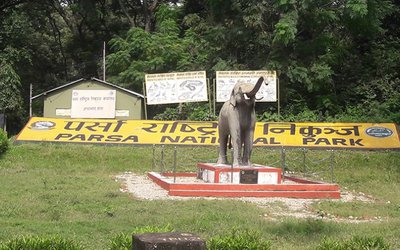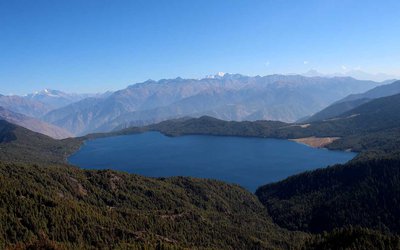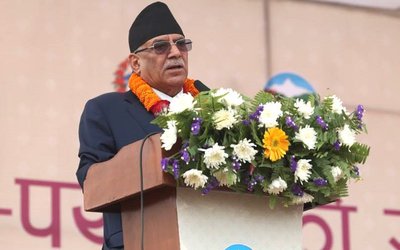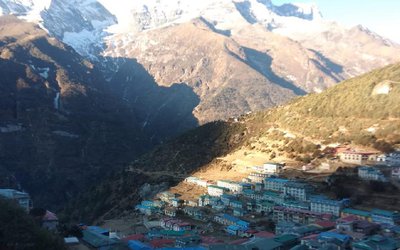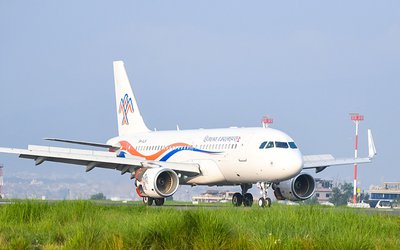It is amidst the chaos of Kathmandu traffic that the best and worst aspects of Nepal are best observed.
Cars, buses, motorbikes, rickshaws, bicycles, pedestrians – as well as the odd goat, cow or dog – compete for use of the limited road space. And yet – it is not quite a competition. Cars cut in, motorcycles squeeze through seemingly impossible spaces, and people daringly cross in between. As I travel in the back of a taxi, I watch the truly co-operative nature of the Nepali people. My Nepali friend yells out from our taxi to the car next to us, that the driver’s side door is not quite closed. Would this happen in a Western society, in a busy city street? I would love to say yes, but in most cases, the reality is no.
And in a country where ‘thank you’ is always implied, but never said – the immensity of this co-operation to a Western mind is barely comprehendible. In my homeland, if you let a car ahead of you, or show some courtesy to another driver, you will receive a thank you wave in response. And on the other hand, closely cutting in front of another car could induce any measure of ‘road rage’ – an angry outburst of some sort – a gesture, an insult, or equally dangerous driving from the other car. But there seems to be no ‘road rage’ here in the streets of Kathmandu. I don’t even know whether ‘road rage’ is a term used in Nepali. Car horns, which are used sparingly in Western traffic – for warning, or mostly abusing other drivers, are here used so excessively that their purpose seems completely redundant when all around you are making the same noise. But within this chaotic, noisy pandemonium, there is a system that, surprisingly, somehow works.
And so from the back seat of a taxi, or as you sit aboard a friend’s motorbike, the dichotomy of Nepal can be seen through the endless haze of dirt that the traffic kicks up. You pass along the still developing roads and observe the lack of infrastructure in places, and you see people relieving themselves on the side of the street while the dust coats the wares of vendors selling to people as they pass. It can seem so underdeveloped – or in places, uncivilised – but when your taxi driver needs to ask the way to a certain street, hotel or attraction, he just yells out his window to someone nearby, who points him in the right direction. Once again, there is no thankyou offered, and both parties carry on with nothing more said.
This co-operative nature and readiness to help each other is a notion that most Western countries would, and should, envy. People here work together, to get to where they are going, to help tourists find their way, to live with the conditions as they are with minimum fuss, and most importantly, minimum animosity towards each other.
- TANAHU HYDROPOWER PROEJCT: A Significant Achievement
- Apr 15, 2024
- AMBASSADOR HANAN GODAR: Sharing Pain With A Nepali Family
- Mar 30, 2024
- VISIT OF KfW AND EIB TO NEPAL : Mission Matters
- Mar 25, 2024
- NEPAL BRITAIN SOCIETY: Pratima Pande's Leadership
- Mar 24, 2024
- NEPAL ARMY DAY: Time To Recall Glory
- Mar 15, 2024


